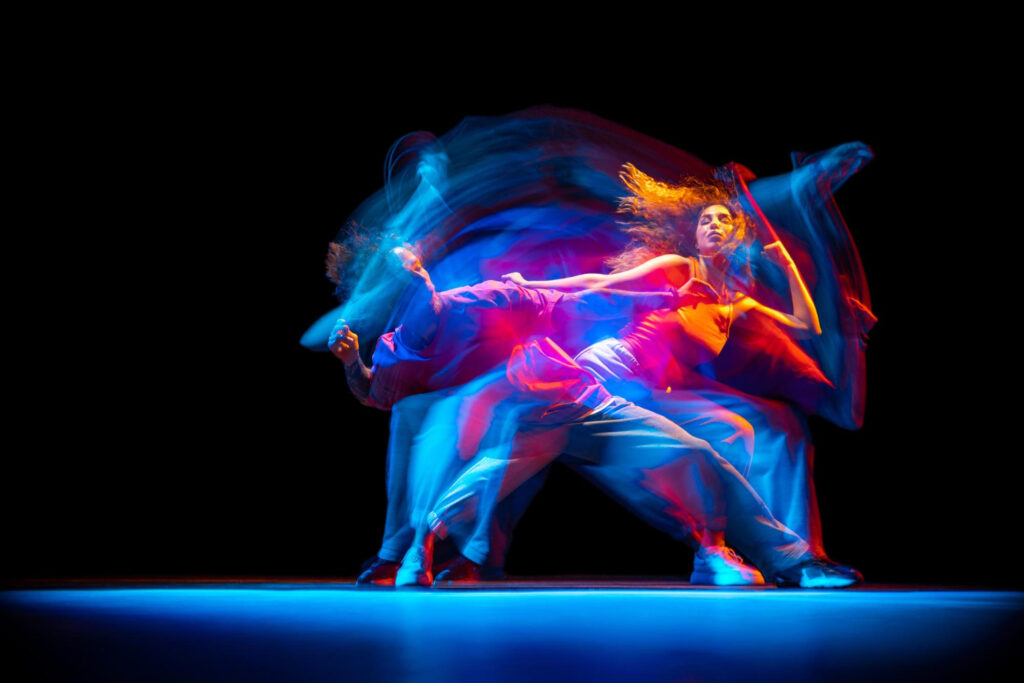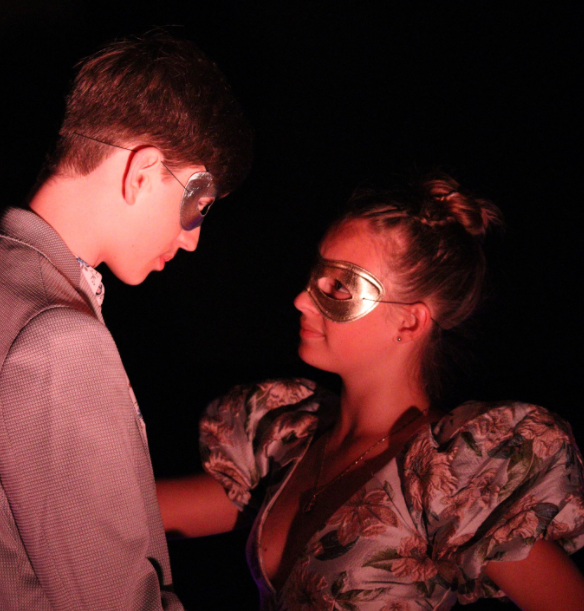
Theatre and Dance: A Complex Tango
Dance and theatre are two distinct art forms that share a long and complex history of collaboration and inspiration. While they may seem similar on the surface, they each have their own unique traditions, techniques, and styles that set them apart.
At their core, both dance and theatre are forms of performance that seek to tell a story, convey emotion, and captivate an audience. However, the way they achieve these goals can be quite different. Theatre typically relies on dialogue, acting, and visual design to create a narrative and engage viewers, while dance often uses movement, music, and costume to communicate meaning and evoke feelings.
Despite these differences, dance and theatre have a rich and intertwined history. For centuries, dancers have performed as part of theatrical productions, bringing an extra layer of emotion and physicality to the stage. In ancient Greece, for example, dance was an integral part of the theatrical experience, with choreographed movements accompanying spoken dialogue and music.
As theatre evolved over the centuries, so too did dance. The emergence of ballet in the 16th century marked a turning point in dance history, as it introduced a more structured and codified approach to movement. Ballet quickly became a popular feature of theatrical productions, and dancers began to play increasingly prominent roles in stage performances.
The relationship between dance and theatre continued to evolve throughout the 20th century, as artists experimented with new forms of performance and expression. In the early 1900s, modern dance emerged as a reaction to the rigid formality of ballet, emphasizing freedom of movement and emotional expression over technical precision.
Meanwhile, the theatre also underwent a period of experimentation and innovation, as playwrights, directors, and actors explored new ways to tell stories and connect with audiences. The rise of musical theatre in the mid-20th century marked a particularly fertile period of collaboration between dance and theatre, as singers, dancers, and actors joined forces to create elaborate and emotionally charged productions.
Today, dance and theatre continue to inspire and influence each other in myriad ways. Many contemporary plays and musicals feature complex and inventive choreography, while dance companies often incorporate elements of theatre into their performances, such as spoken word or dramatic lighting.
At the same time, both dance and theatre remain distinct art forms with their own unique strengths and challenges. While dance may be able to communicate emotion and story through movement alone, it lacks the verbal and visual tools that theatre has at its disposal. Similarly, while theatre can use dialogue and design to create a rich and immersive world, it may struggle to convey the same physicality and athleticism that dance can achieve.
The relationship between dance and theatre is a complex and multifaceted one, marked by collaboration, inspiration, and mutual respect. While they may each have their own distinct characteristics, they also share a common goal: to engage and entertain audiences, and to use performance as a means of exploring the human experience.






